Home>Garden Essentials>What Is A Rooftop Garden?
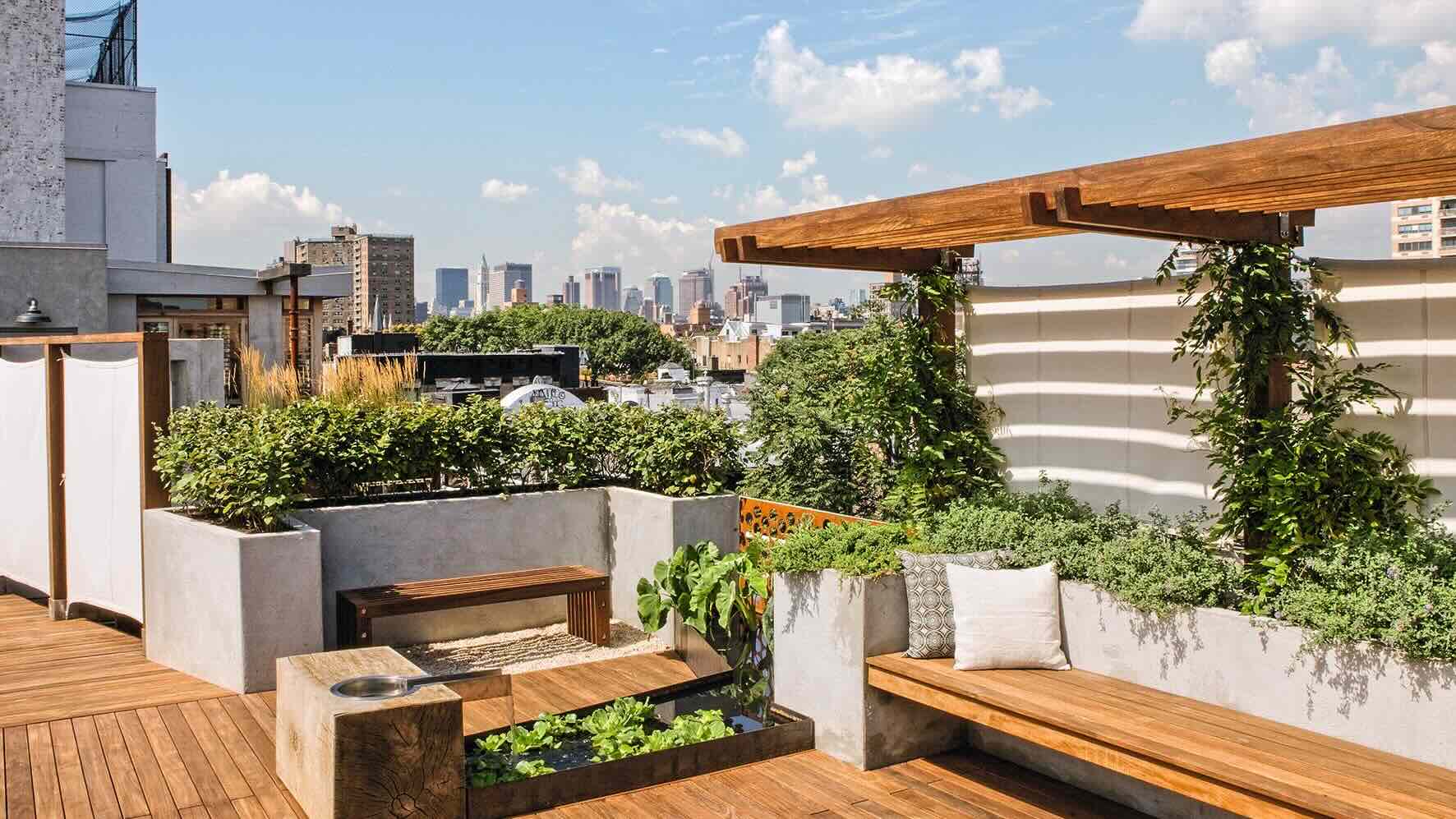

Garden Essentials
What Is A Rooftop Garden?
Modified: March 7, 2024
Discover the beauty and benefits of a rooftop garden! Learn how to create and maintain your own urban oasis with our expert gardening tips and advice.
(Many of the links in this article redirect to a specific reviewed product. Your purchase of these products through affiliate links helps to generate commission for Storables.com, at no extra cost. Learn more)
Introduction
A rooftop garden is a green oasis perched atop a building, transforming an otherwise unused space into a thriving garden. It is a creative and sustainable solution for urban areas where traditional gardening space is limited. Rooftop gardens have gained popularity due to their numerous benefits, including environmental, social, and aesthetic advantages.
With the increasing urbanization and limited open space in cities, rooftop gardens offer an innovative approach to bring nature back into the concrete jungle. They not only contribute to the beautification of the urban landscape but also provide a range of practical and sustainable advantages.
In this article, we will delve into the world of rooftop gardens, exploring their definition, benefits, design considerations, suitable plants, maintenance requirements, challenges, and successful examples.
Key Takeaways:
- Rooftop gardens are green spaces on building roofs, providing environmental benefits like improved air quality, energy efficiency, and stormwater management, while also creating peaceful retreats in urban areas.
- Designing and maintaining a rooftop garden requires careful planning, considering factors like structural integrity, plant selection, and regular care to overcome challenges and create thriving green spaces above the city.
Read more: How To Plant A Rooftop Garden
Definition of a Rooftop Garden
A rooftop garden, also known as a green roof or a rooftop terrace, is a garden that is created on the roof of a building. It involves the cultivation of plants, trees, and shrubs in containers or directly in the soil, transforming an otherwise unused space into a vibrant and environmentally beneficial area.
Rooftop gardens can be found on various types of buildings, including residential homes, commercial buildings, and even industrial structures. They can range in size from small rooftop containers to large, elaborate gardens that span the entire surface of a building’s roof.
The construction of a rooftop garden involves careful planning and consideration of multiple factors such as structural integrity, drainage systems, and access to sunlight and water. These gardens are designed to be both functional and aesthetically pleasing, providing a green space for relaxation, recreation, and even food production.
One of the key features of a rooftop garden is its ability to provide insulation for the building. The layer of soil, plants, and vegetation acts as a natural barrier, reducing heat absorption and preventing heat loss, thus improving energy efficiency and reducing the need for artificial cooling or heating.
In addition to their environmental benefits, rooftop gardens also offer social advantages. They create a sense of community and provide a retreat from the hustle and bustle of the city. Rooftop gardens can serve as communal spaces for residents or employees, providing a place to connect with nature, relax, and socialize.
Furthermore, rooftop gardens contribute to the overall well-being of individuals by improving air quality and reducing noise pollution. The plants absorb carbon dioxide and release oxygen, helping to purify the air and create a healthier environment. The greenery also acts as a natural sound barrier, reducing the impact of noise from traffic and other urban noises.
Overall, rooftop gardens are a sustainable and innovative solution to maximize the use of available space in urban areas. They offer a range of benefits that go beyond the aesthetic appeal, including environmental conservation, energy efficiency, community-building, and improved well-being.
Benefits of Rooftop Gardens
Rooftop gardens provide numerous benefits to individuals, communities, and the environment. Let’s explore some of the key advantages:
- Environmental Conservation: Rooftop gardens help mitigate the environmental impact of urbanization. They act as natural filters, absorbing pollutants from the air and reducing the heat island effect in cities. The plants and soil in rooftop gardens can also capture and retain rainwater, which helps reduce stormwater runoff and prevents flooding.
- Energy Efficiency: By providing an additional layer of insulation, rooftop gardens help regulate temperature fluctuations in buildings. They keep interiors cooler in summer and warmer in winter, reducing the need for excessive heating or cooling. This, in turn, can lead to significant energy savings and lower utility bills.
- Improved Air Quality: Rooftop gardens contribute to cleaner and healthier air in urban areas. Through photosynthesis, plants absorb carbon dioxide and release oxygen, helping to reduce air pollution and improve the overall air quality. The presence of vegetation also helps filter out particulate matter, dust, and other contaminants, leading to fresher and purer air.
- Stormwater Management: Urban areas often struggle with excess stormwater runoff, which can overwhelm drainage systems and lead to flooding. Rooftop gardens act as a natural solution for managing stormwater. The plants and soil absorb rainwater, reducing the burden on municipal drainage systems and preventing water runoff into streets and waterways.
- Community Engagement: Rooftop gardens can serve as community spaces, bringing people together and fostering a sense of connection. They provide opportunities for socializing, organizing events, and engaging in gardening activities. Rooftop gardens can become hubs for educational programs, workshops, and recreational activities, promoting community engagement and well-being.
- Biodiversity and Habitat Creation: Urban areas often lack green spaces, leading to a decline in biodiversity and habitat loss for many species. Rooftop gardens offer a refuge for birds, insects, and other wildlife, creating micro-habitats and contributing to urban biodiversity. This helps support local ecosystems and promotes a healthier and more balanced environment.
Rooftop gardens are not only beneficial for the environment and communities, but they also enhance the overall quality of life for individuals. The presence of green spaces has been shown to reduce stress, improve mental health, and provide a tranquil retreat in busy urban environments.
In summary, rooftop gardens provide a wide range of benefits, including environmental conservation, energy efficiency, improved air quality, stormwater management, community engagement, and biodiversity promotion. They are an effective and sustainable way to transform underutilized rooftop spaces into thriving green havens that benefit both people and the planet.
Types of Rooftop Gardens
Rooftop gardens come in various styles and designs, catering to different preferences and needs. Here are some common types of rooftop gardens:
- Intensive Rooftop Garden: Intensive rooftop gardens are designed with deeper soil beds, allowing for a wider range of plants, including trees, shrubs, and even small vegetable gardens. These gardens resemble traditional ground-level gardens and require more maintenance and structural support due to the additional weight of the soil and plants.
- Extensive Rooftop Garden: Extensive rooftop gardens are low-maintenance and typically use lighter-weight planting materials such as shallow soil depths and specialized growing media. They often feature native or drought-tolerant plants that can thrive in harsh rooftop conditions without requiring frequent watering or maintenance.
- Sustainable Rooftop Garden: Sustainable rooftop gardens focus on environmentally friendly practices. They incorporate elements such as rainwater harvesting systems, composting, organic gardening methods, and the use of recycled or repurposed materials. These gardens promote resource conservation and minimize their ecological footprint.
- Farm-to-Table Rooftop Garden: Farm-to-table rooftop gardens emphasize food production, allowing for the cultivation of vegetables, herbs, and fruits. These gardens connect urban dwellers with the source of their food and promote sustainable, locally-grown produce. In addition to providing fresh food, they educate communities about urban farming and sustainable agriculture practices.
- Green Roof: While not strictly a garden, green roofs are a type of rooftop installation that focuses on covering the roof with vegetation, typically sedum plants or other low-growing species. Green roofs provide environmental benefits, insulation, and stormwater management, but may not feature the same level of plant diversity as other types of rooftop gardens.
Each type of rooftop garden has its own advantages and considerations. Factors such as location, climate, available space, and the intended use of the rooftop garden will determine which type is most suitable. It is important to consult with a professional designer or architect experienced in rooftop garden installations to ensure the appropriate design and approach for your specific needs.
Whether you choose an intensive garden, extensive garden, sustainable garden, farm-to-table garden, or opt for a green roof, each type of rooftop garden contributes to the overall greening of urban areas and provides numerous benefits, including improved air quality, reduced heat island effect, and enhanced biodiversity.
Design Considerations for Rooftop Gardens
Designing a rooftop garden requires careful planning to ensure its success and longevity. Here are some important considerations to keep in mind:
- Structural Integrity: Before starting any rooftop garden project, it is crucial to assess the structural capacity of the building. Rooftop gardens can be heavy, especially when soil and large plants are involved. Consult with a structural engineer or a professional to ensure that the building can support the additional weight.
- Access and Safety: Consider how people will access the rooftop garden. Install safe and sturdy stairways or elevators to allow easy and secure access. Incorporate safety features such as guardrails, non-slip surfaces, and proper lighting to ensure the well-being of garden visitors.
- Drainage System: Proper drainage is crucial to prevent water damage to the building structure. Implement a well-designed drainage system that includes waterproof membranes, drainage layers, and gutters to direct excess water away from the roof. A professional should be consulted to ensure the proper installation of the drainage system.
- Sunlight Exposure: Assess the amount of sunlight the rooftop receives throughout the day. Plant selections should be based on the available sunlight. Some plants thrive in full sun, while others prefer more shade. Proper positioning and the use of shade structures or trellises can help regulate the amount of sunlight reaching different areas of the rooftop garden.
- Wind Exposure: Rooftop gardens are often exposed to strong winds, which can damage plants and affect their growth. Consider installing windbreaks, such as walls or tall plants, to provide protection and create microclimates within the garden. Choose wind-tolerant plant species to ensure their survival and minimize wind-related issues.
- Irrigation and Watering: Installing an efficient irrigation system is essential for the success and sustainability of a rooftop garden. Consider using low-flow drip irrigation systems or rainwater harvesting systems to minimize water usage. Proper drainage should also be incorporated to prevent waterlogging and root rot.
- Plant Selection: Choose plant species that are well-suited to the rooftop environment. Opt for drought-tolerant, heat-resistant, and low-maintenance plants that can thrive in the conditions of a rooftop garden. Consider the size and growth habit of plants to ensure they will not outgrow their allocated space or pose a risk to the structural integrity of the roof.
- Aesthetics and Functionality: Design the rooftop garden to be visually appealing and functional. Consider the overall layout, pathways, seating areas, and focal points. Incorporate elements such as raised beds, vertical gardens, and trellises to maximize space utilization and add visual interest.
It is advisable to consult with a professional landscape designer or architect with experience in rooftop gardens to ensure that all design considerations are addressed properly. They can provide valuable insights and guidance to create a rooftop garden that is structurally sound, aesthetically pleasing, and sustainable.
By considering these design factors, you can create a rooftop garden that not only adds beauty to the building but also provides a functional and enjoyable space for relaxation, socializing, and connecting with nature.
When starting a rooftop garden, make sure to check the weight capacity of the roof and use lightweight soil. Also, consider wind exposure and access to water for irrigation.
Read more: How To Build A Rooftop Garden?
Plants Suitable for Rooftop Gardens
When selecting plants for a rooftop garden, it is essential to choose species that can thrive in the unique conditions found in this environment. Here are some plant options that are well-suited for rooftop gardens:
- Sedum: Sedums are a popular choice for rooftop gardens due to their ability to withstand drought and thrive in shallow soil depths. They come in various colors and textures, adding visual interest to the garden. Sedums are low-maintenance and require minimal watering.
- Grasses: Ornamental grasses, such as fountain grass (Pennisetum spp.) or blue fescue (Festuca glauca), can add a touch of elegance to a rooftop garden. They are drought-tolerant, low-maintenance, and their swaying movement in the wind adds a dynamic element to the space.
- Herbs: Grow a variety of herbs in rooftop garden containers, such as basil, thyme, rosemary, and mint. These culinary herbs not only provide fresh flavors for cooking but also add fragrance and beauty to the garden. Most herbs prefer well-draining soil and require moderate watering.
- Drought-Tolerant Perennials: Choose perennials that are adapted to dry conditions, such as yarrow (Achillea spp.), lavender (Lavandula spp.), and black-eyed Susan (Rudbeckia spp.). These plants have deep-rooted systems that help them withstand periods of drought. They offer beautiful flowers and foliage throughout the growing season.
- Native Plants: Incorporate native plant species into your rooftop garden. Native plants are well-suited to the local climate and require less water and care compared to non-native species. They also provide important habitat and food sources for local pollinators and wildlife.
- Vegetables and Fruits: If space allows, grow a selection of vegetables and fruits in containers or raised beds. Choose compact varieties suitable for container gardening, such as tomatoes, peppers, lettuce, and strawberries. Remember to provide adequate water and ensure proper drainage for healthy plant growth and productivity.
- Climbing Vines: To add vertical interest and shade to your rooftop garden, consider planting climbing vines. Vines like clematis, jasmine, or passionflower can be trained to grow along trellises or walls. They provide beautiful blooms and can help create a more intimate and shaded space.
When selecting plants for a rooftop garden, it is important to consider the specific microclimate of your rooftop, including factors such as sun exposure, wind intensity, and temperature fluctuations. Choose plants that can withstand these conditions, and ensure there is proper drainage to avoid waterlogging.
Finally, regularly monitor the health and growth of your plants and provide them with the necessary care, including appropriate watering, fertilizing, and pruning when needed. By selecting the right plants and giving them the proper care, your rooftop garden will thrive and bring beauty and joy to your urban oasis.
Maintenance and Care for Rooftop Gardens
Maintaining a rooftop garden is essential to ensure the long-term health and beauty of the space. Here are some maintenance and care tips to keep your rooftop garden thriving:
- Watering: Regular watering is necessary for rooftop gardens, especially during hot and dry periods. Monitor the moisture levels of the soil and water appropriately to prevent under or overwatering. Consider using drip irrigation systems or utilizing rainwater harvesting techniques to conserve water.
- Fertilizing: Provide regular fertilization to nourish your plants. Choose organic fertilizers and apply them according to the specific needs of your plants. Avoid over-fertilizing, as it can lead to nutrient imbalances or leaching into the environment.
- Weeding: Control weed growth by regularly inspecting your rooftop garden and removing any unwanted plants. Weeds compete for resources like nutrients and water, which can hinder the growth of your desired plantings. Use mulch or landscape fabric to suppress weed growth around your plants.
- Pruning and Trimming: Prune and trim your plants as needed to maintain their shape and encourage healthy growth. Remove dead or damaged branches, and trim back overgrown foliage. Regular pruning will help enhance the appearance of your rooftop garden and prevent overcrowding.
- Pest and Disease Control: Monitor your plants for any signs of pests or diseases. Preventive measures such as proper plant spacing, good air circulation, and regular inspection can help minimize the risk of infestations. If necessary, use organic pest control methods or consult with a professional to address any pest or disease issues.
- Seasonal Maintenance: Adjust your maintenance routine based on the changing seasons. Prepare your rooftop garden for winter by protecting sensitive plants from frost or harsh weather conditions. In spring, remove any debris, check for plant growth, and make necessary adjustments to watering and fertilizing.
- Roof Inspection: Regularly inspect your rooftop garden and the underlying structure for any signs of damage or leaks. Look for cracks, leaks, or signs of wear and tear. Address any issues promptly to prevent water damage to your building and protect the integrity of your rooftop garden.
- Regular Cleaning: Keep your rooftop garden clean by removing fallen leaves, debris, or any other clutter. This helps prevent plant diseases, improves aesthetics, and ensures a safe and welcoming environment for garden visitors.
It is important to develop a maintenance schedule and stick to it. Consider keeping a gardening journal to track tasks, observations, and any changes you make to your rooftop garden. Regularly monitoring and caring for your plants will ensure their health and longevity, as well as the overall success of your rooftop garden.
Remember to consult with local gardening experts or professionals if you encounter any challenges or have specific questions about maintenance and care for your rooftop garden. With proper care and attention, your rooftop garden will continue to flourish and provide a serene and beautiful oasis above the bustling city.
Challenges and Solutions in Rooftop Gardening
Rooftop gardening comes with its own set of challenges, but with proper planning and proactive solutions, these challenges can be overcome. Here are some common challenges in rooftop gardening and potential solutions:
- Structural Limitations: The structural capacity of a building may limit the size and weight of the rooftop garden. Work with a structural engineer to assess the load-bearing capacity and ensure the building can support the garden. Alternatively, consider using lightweight planting materials or opt for container gardening.
- Water Management: Rooftop gardens often face drainage and water retention issues. Install a well-designed drainage system to prevent excess water from pooling on the roof. Use permeable or well-draining soil mixtures to improve water flow. Implement rainwater harvesting systems or consider using self-watering containers to conserve water.
- Extreme Weather Conditions: Rooftop gardens are exposed to harsh weather conditions, such as strong winds, intense heat, and frost. Choose plants that are adapted to your local climate and can withstand these conditions. Install windbreaks or protective barriers to shield the garden from strong gusts. Provide shade structures or use shade cloth during periods of extreme heat.
- Access and Irrigation: Accessing the rooftop garden and providing irrigation can be challenging. Install secure stairways or elevators for easy and safe access. Utilize drip irrigation systems or automated irrigation timers to ensure efficient watering, especially if access to the garden is limited or restricted.
- Maintenance and Upkeep: Maintaining a rooftop garden requires consistent effort. Create a maintenance schedule and stick to it, addressing tasks such as watering, fertilizing, pruning, and weed control. Consider hiring professional gardeners or landscape maintenance services if needed.
- Pests and Diseases: Rooftop gardens can be susceptible to pests and diseases. Regularly inspect your plants for signs of infestations or diseases and take prompt action. Implement integrated pest management practices, such as companion planting, using natural predators, or organic pest control methods, to minimize the use of pesticides.
- Wind Exposure: Strong winds can damage plants and impact their growth. Install windbreaks such as walls, hedges, or trellises to shield the garden from wind. Choose wind-tolerant plant species and secure taller or more delicate plants to sturdy structures to prevent them from toppling over.
- Plant Selection: Selecting the right plants for your rooftop garden is crucial. Choose plants that are well-suited to your climate, sunlight exposure, and soil conditions. Consider drought-tolerant, low-maintenance, and compact varieties to optimize resources and minimize upkeep.
Seek advice from rooftop gardening experts, local nurseries, or professionals familiar with the specific challenges in your region. They can provide guidance tailored to your rooftop garden’s unique circumstances.
By addressing these challenges proactively and implementing suitable solutions, you can create a thriving rooftop garden that overcomes obstacles and flourishes in the urban landscape.
Examples of Successful Rooftop Gardens
Rooftop gardens have become increasingly popular in urban areas, and many successful projects have shown the potential for transforming unused rooftop spaces into thriving green oases. Here are a few examples of notable rooftop gardens around the world:
- The High Line, New York City, USA: The High Line is an elevated park built on a historic freight rail line on Manhattan’s West Side. It features a beautifully designed rooftop garden that incorporates native plants, trees, and grasses. The rooftop garden provides a peaceful retreat for visitors, with stunning views of the cityscape.
- The Roof Gardens, London, UK: Situated on the rooftop of a former department store, The Roof Gardens is a magnificent oasis in the heart of London. It is home to themed gardens, including a Spanish garden, Tudor garden, and English woodland. The gardens feature lush greenery, water features, and even resident flamingos.
- Chicago City Hall Rooftop Garden, Chicago, USA: Chicago City Hall boasts an award-winning rooftop garden that showcases urban agriculture and sustainable practices. The garden includes vegetable beds, native plants, and beehives, demonstrating the city’s commitment to environmental stewardship and local food production.
- One Central Park, Sydney, Australia: One Central Park is a high-rise residential building with a stunning rooftop garden designed by renowned landscape architect Patrick Blanc. The garden features vertical green walls covered in lush vegetation, creating a vertical forest in the heart of the city.
- Gardens by the Bay, Singapore: While not strictly a rooftop garden, Gardens by the Bay features several large elevated gardens within its expansive complex. These gardens showcase innovative designs, a diverse range of plants, and iconic Supertrees that provide shade, rainwater harvesting, and solar energy generation.
These examples demonstrate the immense potential of rooftop gardens to create beautiful, sustainable, and functional spaces within urban environments. Each of these projects showcases creative design, innovative plant choices, and a commitment to environmental stewardship. They serve as inspiration for aspiring rooftop gardeners and highlight the transformative power of green spaces in dense cities.
While these examples are on a grand scale, rooftop gardens can be implemented in various sizes and styles, from small residential installations to expansive commercial projects. What matters most is the thoughtful planning, attention to detail, and a commitment to maintaining a healthy and sustainable rooftop garden.
By drawing inspiration from successful rooftop gardens around the world, you can find creative ideas and incorporate them into your own rooftop garden project, adding beauty, functionality, and a touch of nature to the urban landscape.
Conclusion
Rooftop gardens offer a unique solution to urban areas where space for traditional gardens is limited. These green sanctuaries atop buildings provide numerous benefits to individuals, communities, and the environment. From improving air quality and water management to enhancing energy efficiency and biodiversity, rooftop gardens contribute to creating healthier, more sustainable cities.
Throughout this article, we explored the definition of rooftop gardens, their benefits, different types, design considerations, suitable plant options, maintenance requirements, and the challenges and solutions involved. We also highlighted examples of successful rooftop gardens from around the world, showcasing their transformative power in turning unused spaces into thriving green havens.
While rooftop gardening presents its own set of challenges, such as structural limitations, water management, and extreme weather conditions, these obstacles can be overcome with proper planning, maintenance, and the use of suitable solutions. It is essential to consider factors like access, drainage, plant selection, and ongoing care to ensure the success and longevity of rooftop gardens.
By implementing rooftop gardens, we can create environmentally friendly and sustainable urban environments that benefit both people and the planet. These gardens provide spaces for relaxation, community engagement, and food production. They contribute to reducing the heat island effect, improving air quality, conserving energy, managing stormwater, and supporting local biodiversity.
Whether you have a small residential rooftop or a large commercial space, the possibilities for creating a rooftop garden are endless. It is a chance to reconnect with nature, bring greenery into concrete jungles, and derive joy from nurturing living spaces in vertical landscapes.
So, if you have access to a rooftop, why not explore the world of rooftop gardening? With careful planning, proper plant selection, regular maintenance, and a touch of creativity, you can create your own urban oasis and be part of the green movement that is transforming our cities into vibrant, sustainable places for generations to come.
Frequently Asked Questions about What Is A Rooftop Garden?
Was this page helpful?
At Storables.com, we guarantee accurate and reliable information. Our content, validated by Expert Board Contributors, is crafted following stringent Editorial Policies. We're committed to providing you with well-researched, expert-backed insights for all your informational needs.
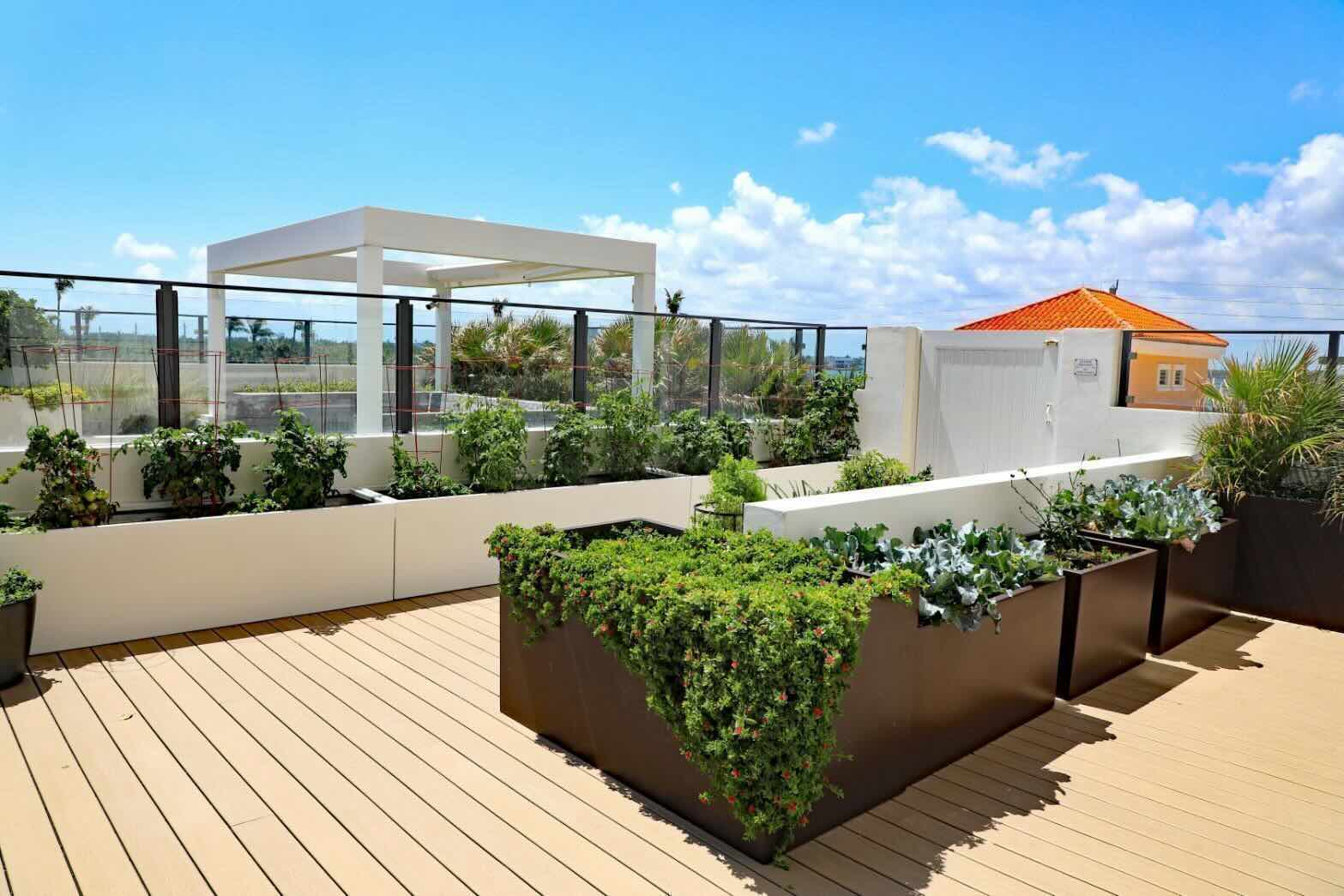
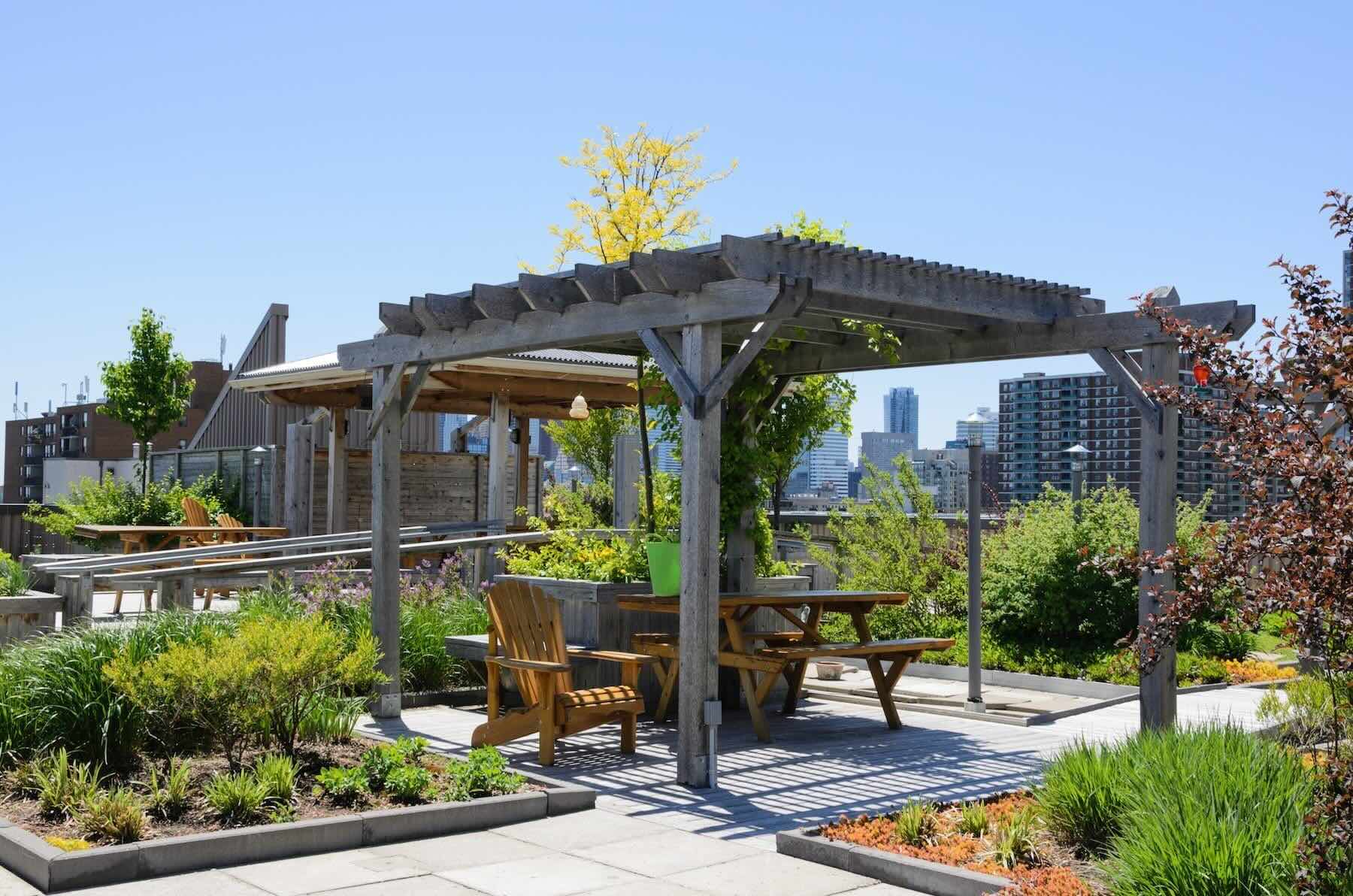

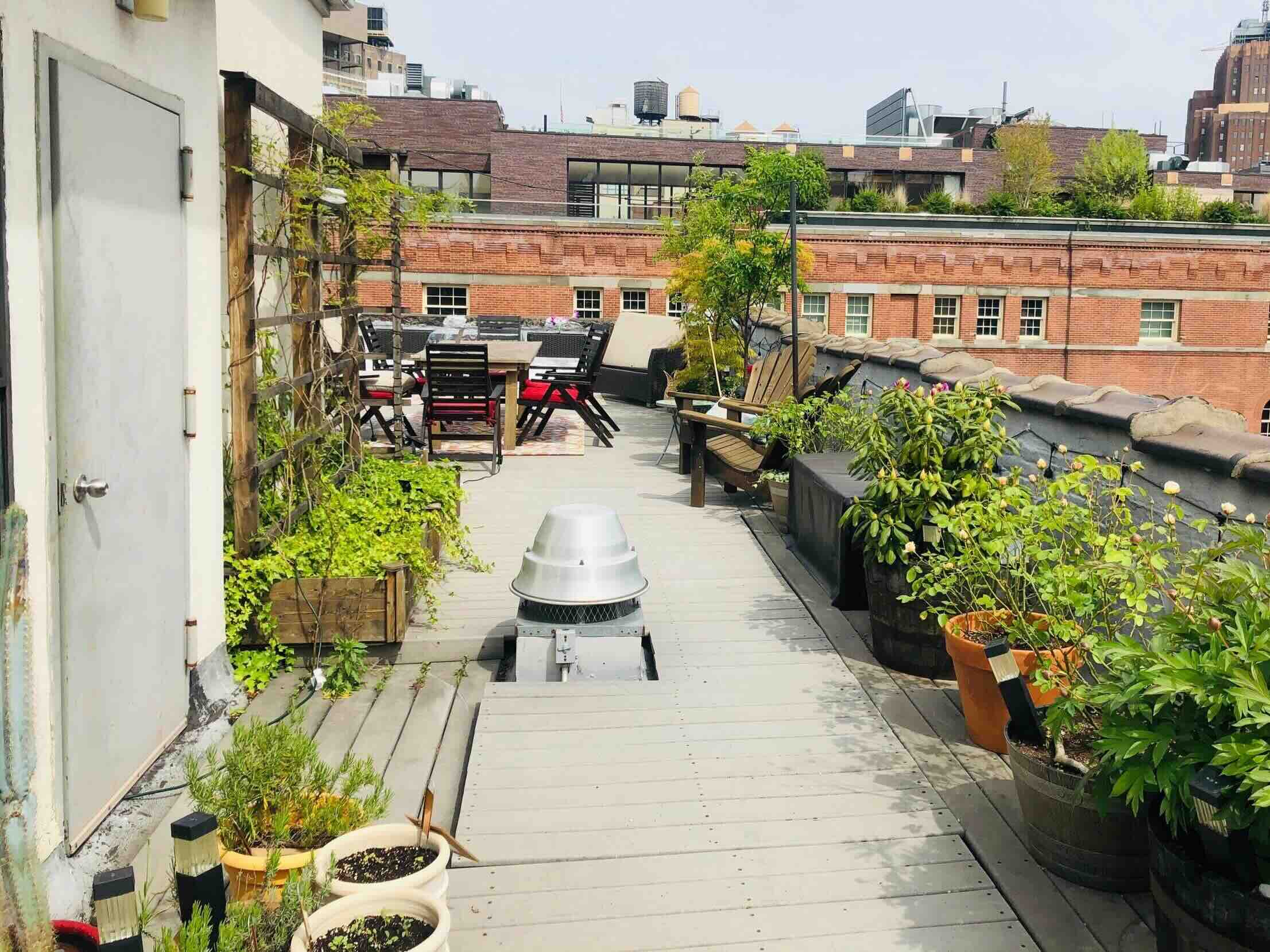

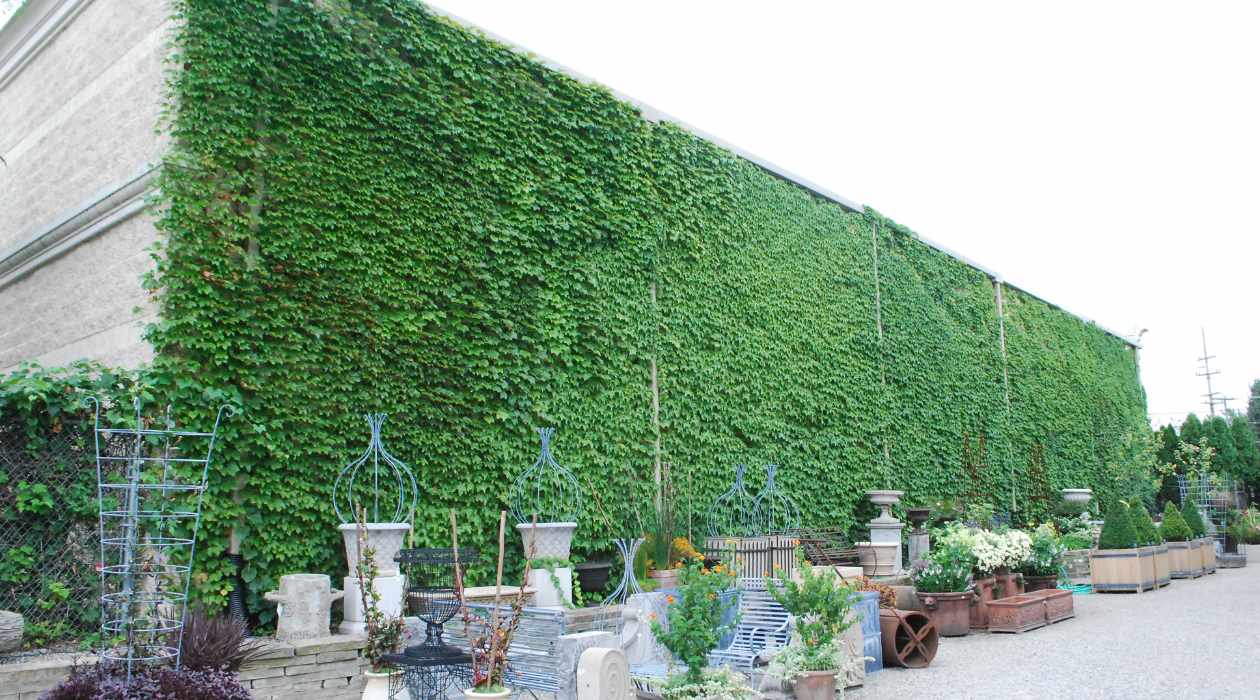
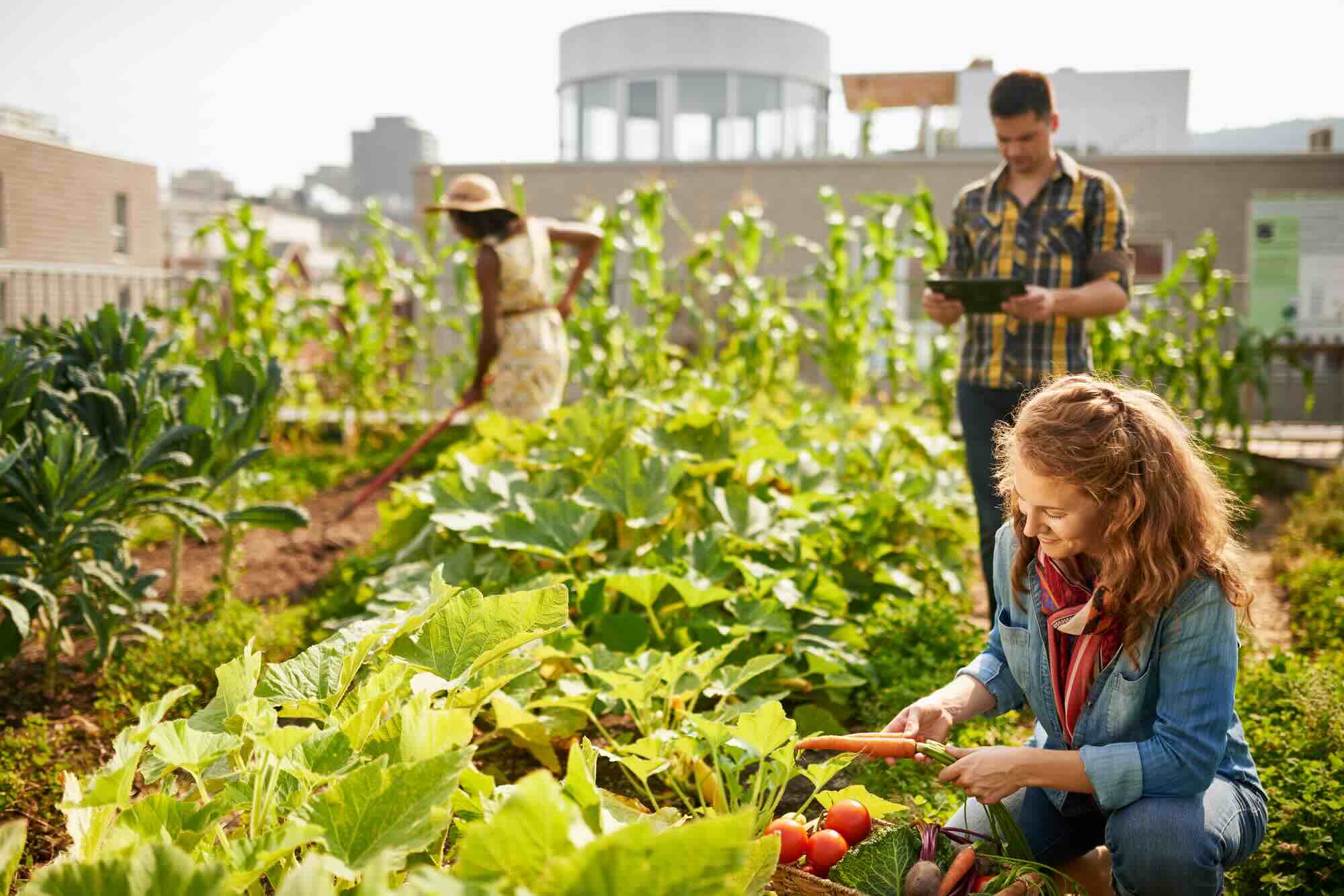

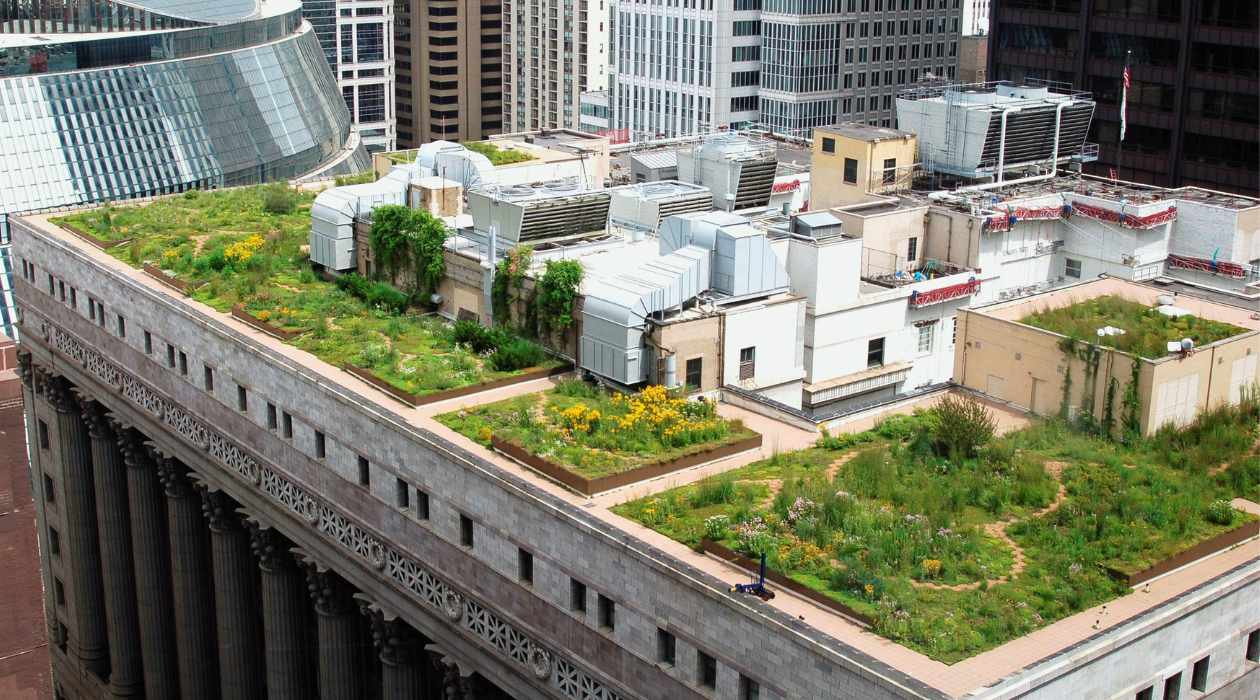
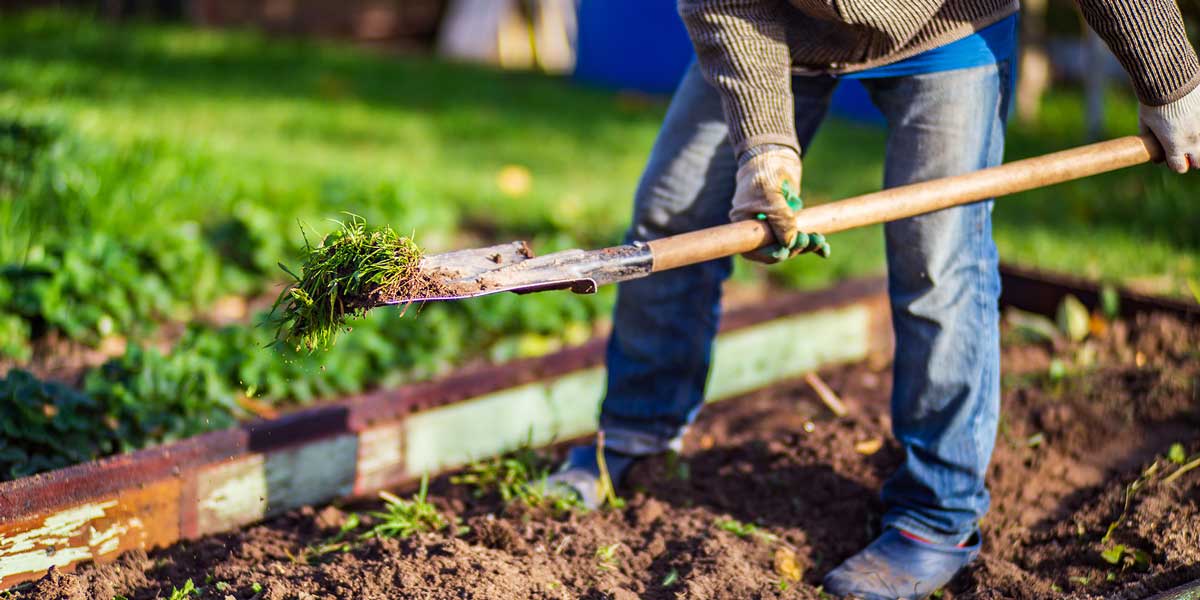

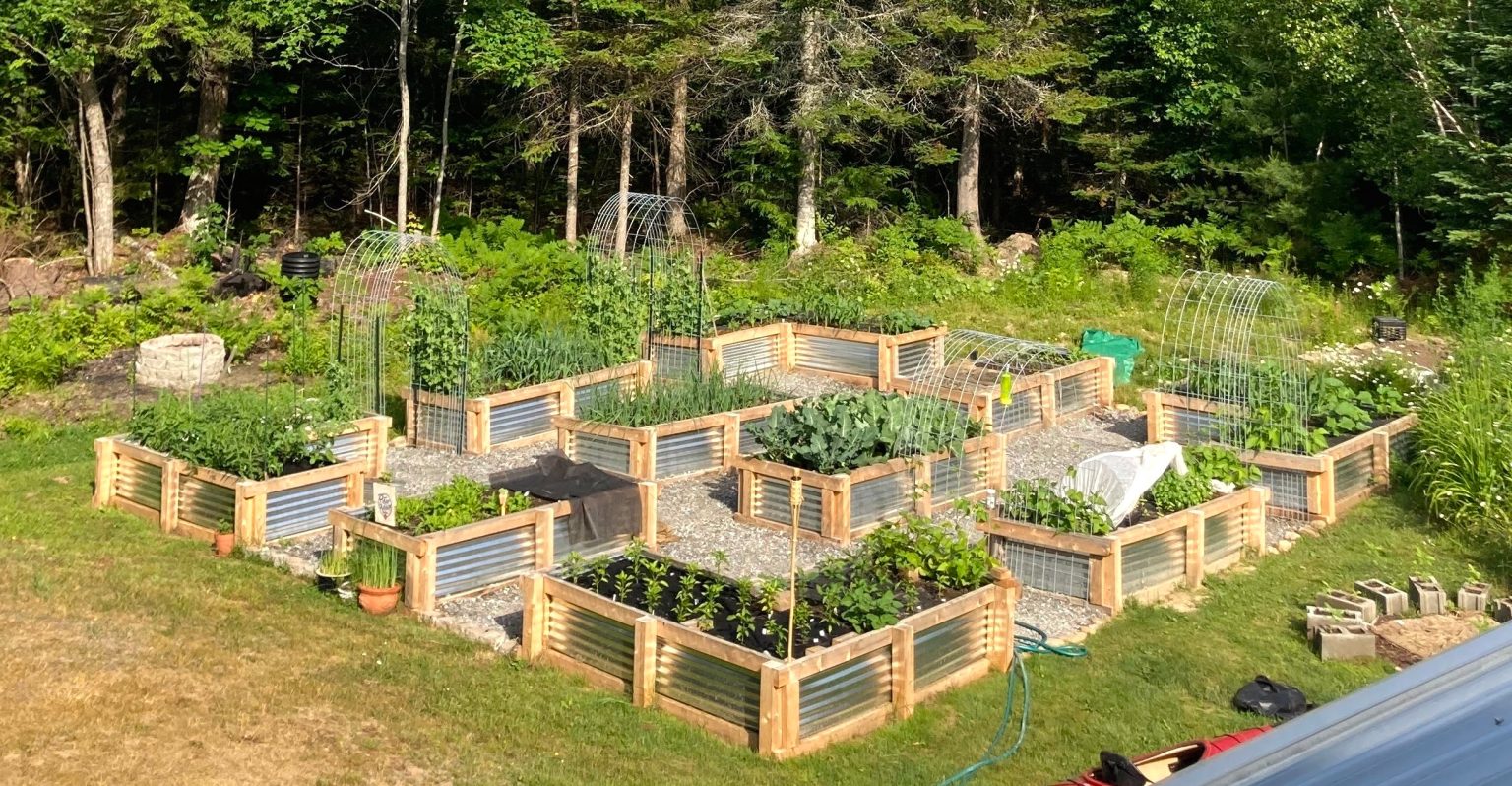
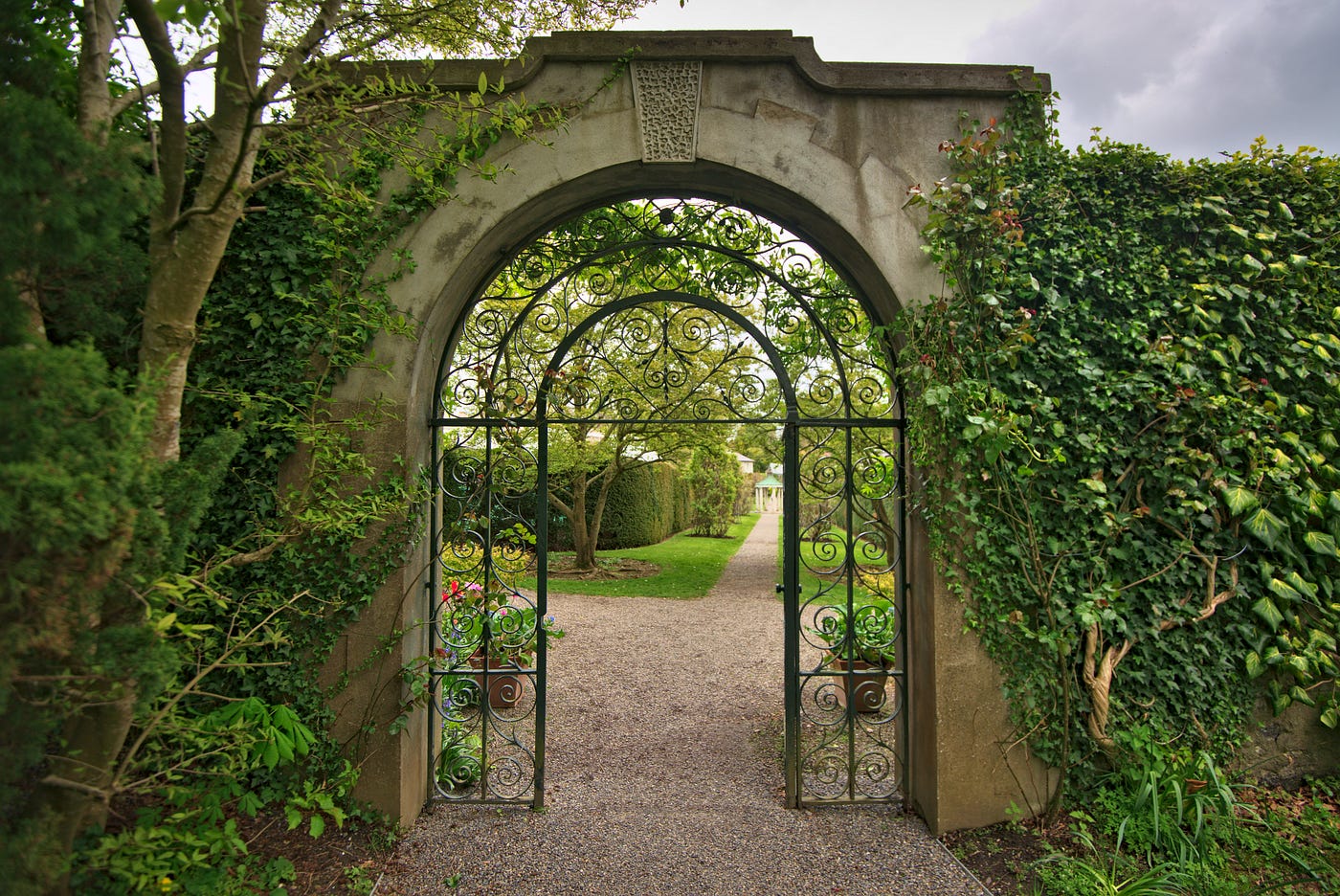

0 thoughts on “What Is A Rooftop Garden?”